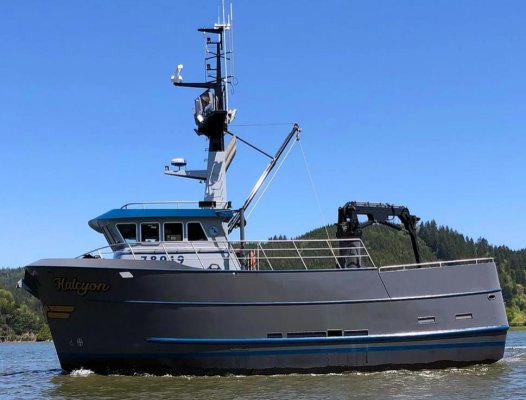Judy at JWY
Senior Member
- Joined
- Oct 8, 2007
- Messages
- 204
Not sure if I believe that, the Cape Horn boats were designed to be self righting withinin seconds. I think the have 5 or more watertight compartments.
Hull # 1 did actually have a rollover, well, it was more like a knockdown. Eden Bound was in Phukett during the tsunami of 2004. The owner was eating breakfast and all of a sudden the boat rolled 90 degrees, salon windows under water, and then self-righted. It was the only boat in the marina to survive.

